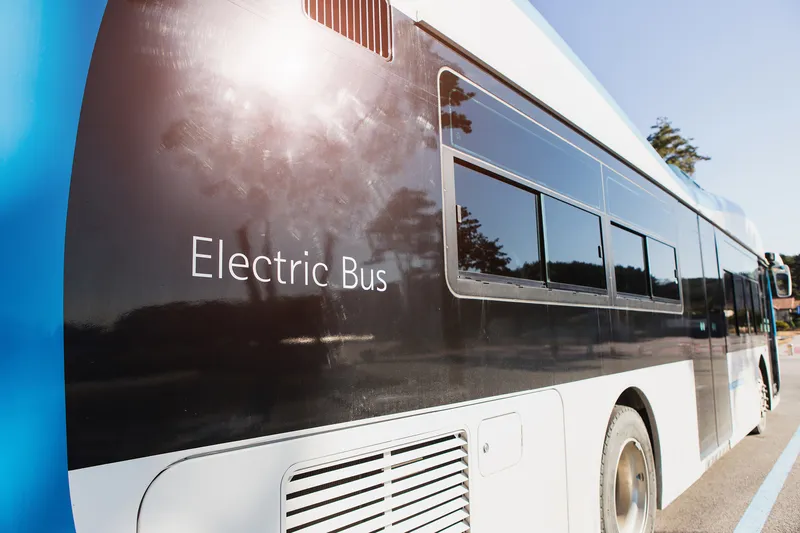
The partners will contribute CAN$4.2 million over three years with an additional CAN$551,000 through the Mitacs Accelerate and Elevate programmes to fund Cutric’s National Academic Committee on Zero-Emissions Buses (Nac-Zeb).
Cutric is supporting research into electric and hydrogen bus simulation and modelling tools as well as the visualisation of battery electric bus and fuel cell electric bus performance. It is also advocating cybersecurity research to prevent electric buses from being hacked while also protecting the grid. The Nac-Zeb research is expected to allow federal, provincial and municipal governments to make better decisions in the procurements and deployment of zero-emission buses across Canada.
Cutric’s CEO Josipa Petrunic says the research will help Canada reach its goal of electrifying 5,000 buses.
“Our consortium provides the data-driven insights required by municipal, provincial and federal governments to implement electric bus fleets in a way that saves tax dollars over the long-term and improves transit to make it the primary choice for mobility for Canadians in the future,” Petrunic continues. “Our work will remove the barriers of uncertainty and high risk associated with the adoption of electrified propulsion technologies.”
Cutric says work conducted through its predictive analytics has already supported the electrification of routes in Vancouver, Brampton and the York Region.
Ruby Sahota, MP for Brampton North, says: “For a transit network like Brampton Transit which is facing a rapid increase in ridership, the adoption of e-buses will benefit the entire community by reducing fuel consumption, vehicle emissions and traffic congestion.”
Cutric’s partners include Ontario Technology University, Queen’s University and Canadian Nuclear Labs.







